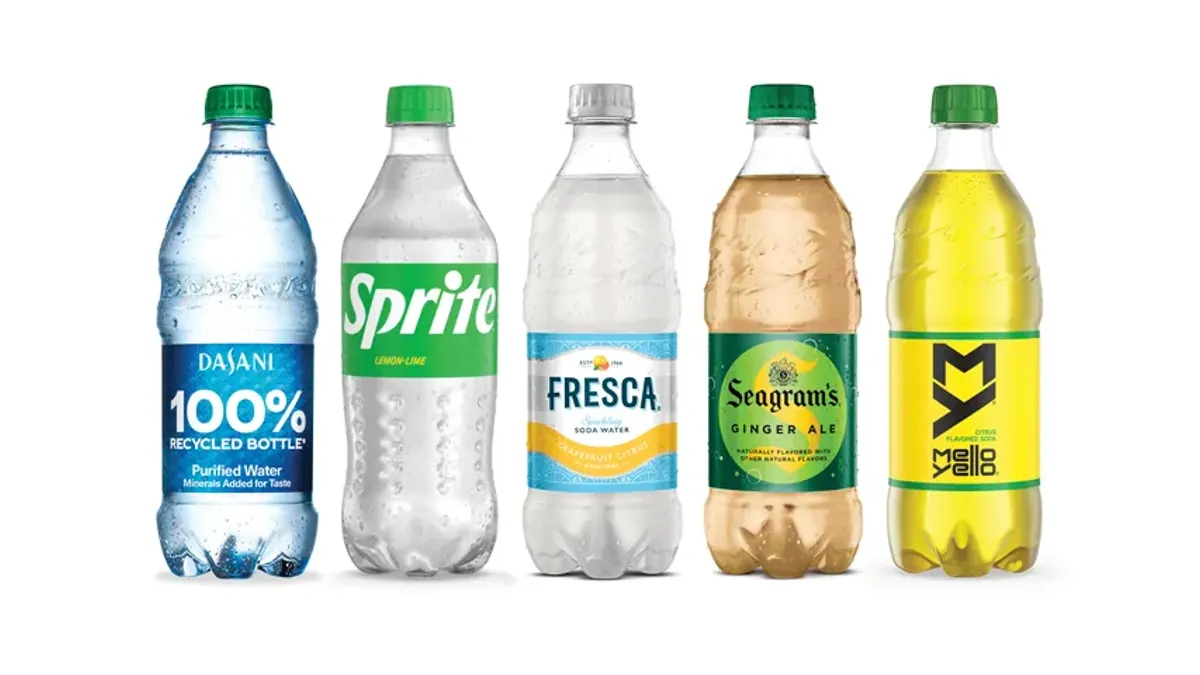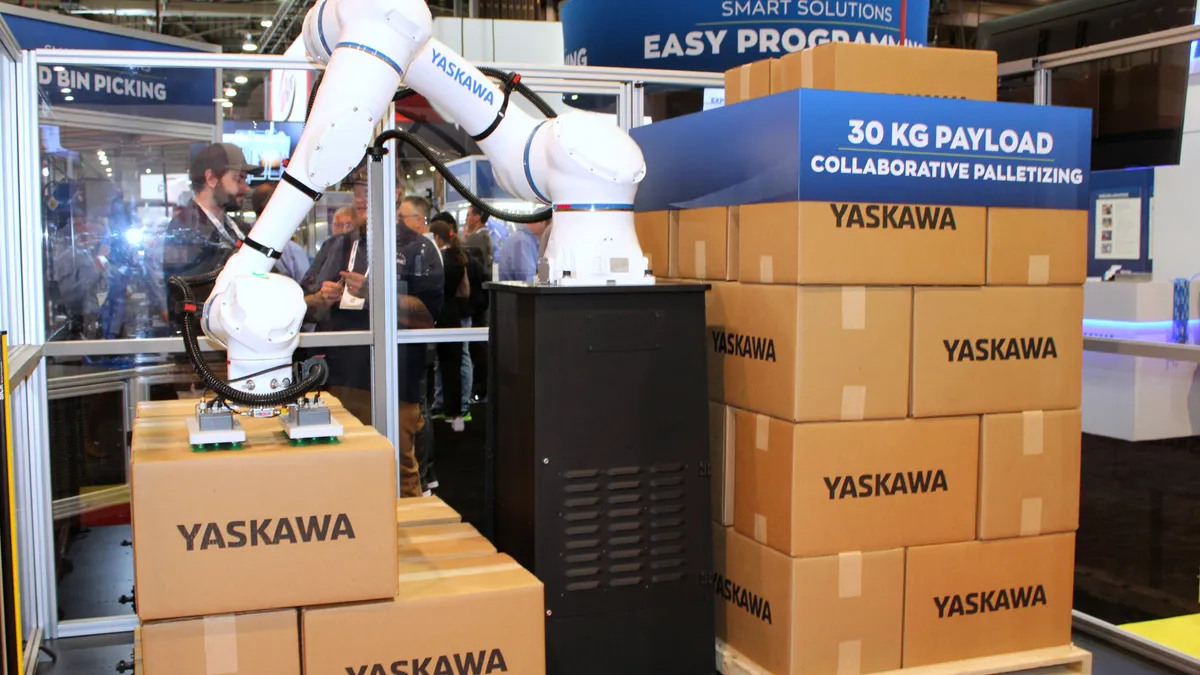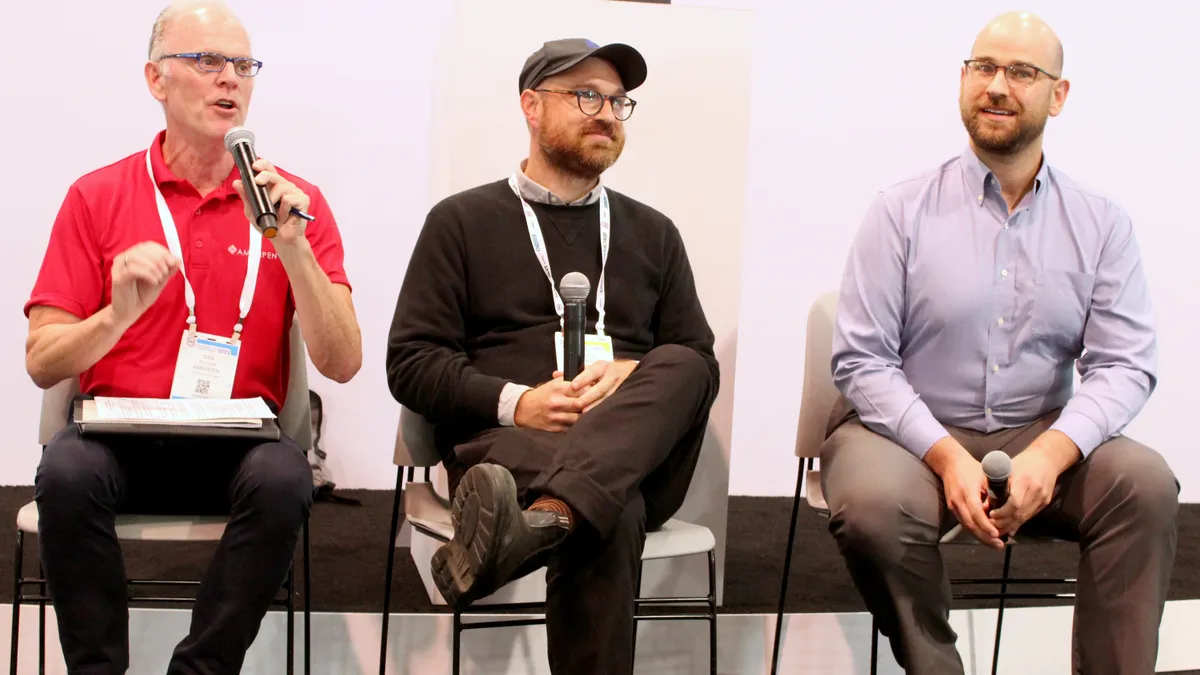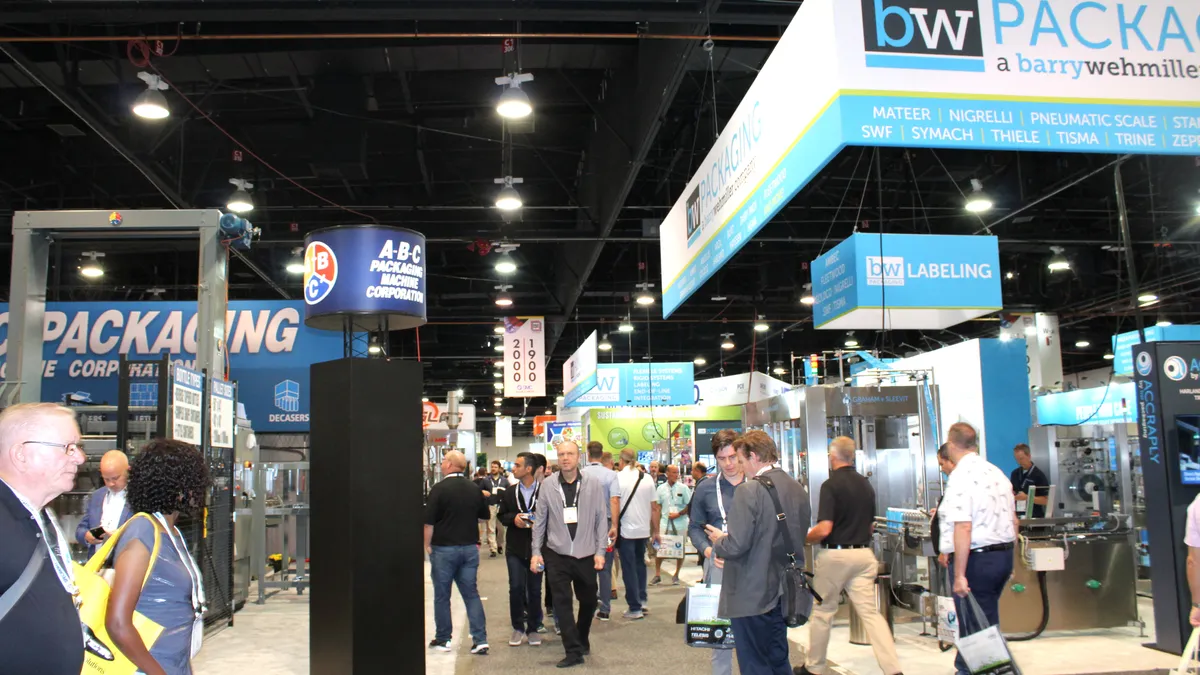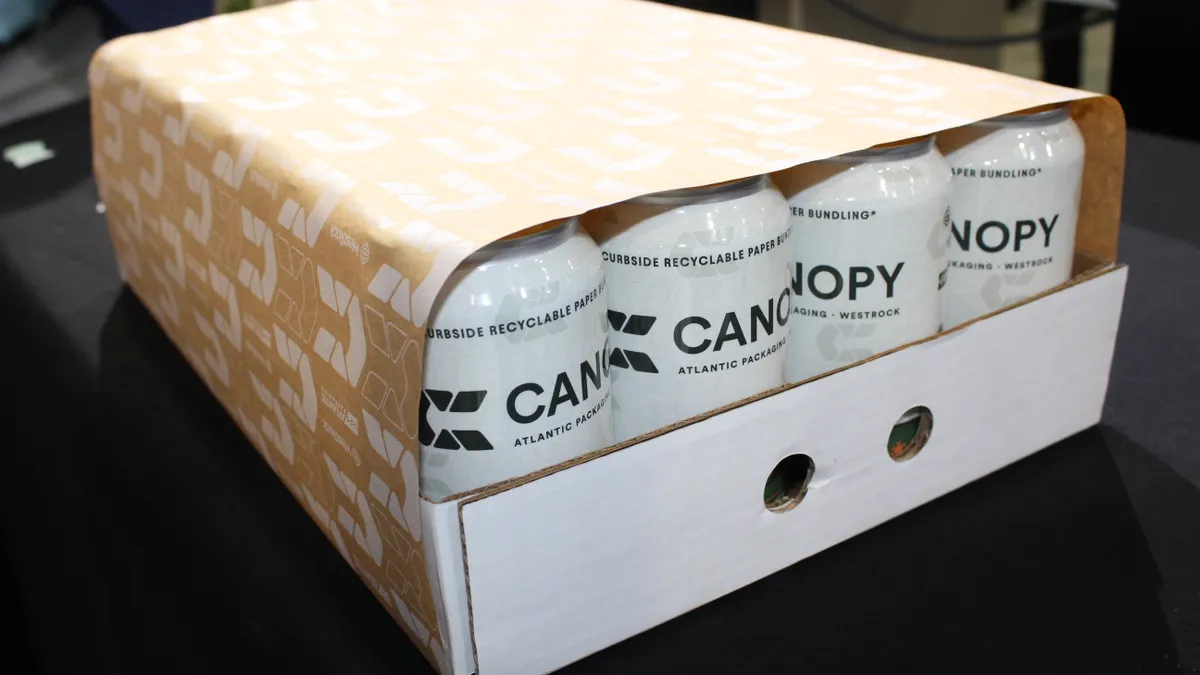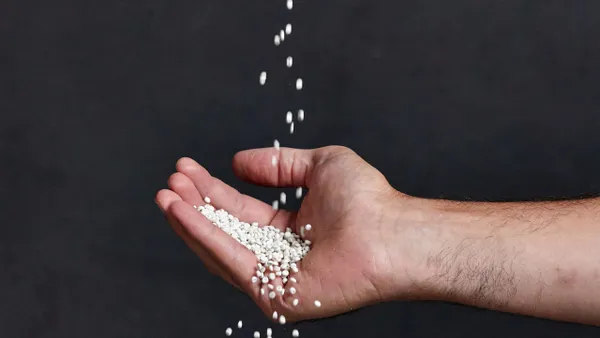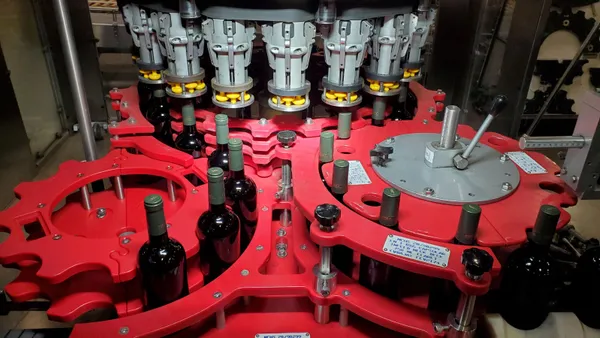If it’s possible to boil down the top focus at Pack Expo 2023 into one word, many attendees would likely agree that it’s “sustainability.” The topic dominated all aspects of the Las Vegas event, from educational sessions to products and equipment on display at companies’ booths.
The term “sustainability” gets thrown around so often that it could lose meaning. But Pack Expo exhibitors and attendees broke down what it means to them and how to incorporate best practices.
Pierre Pienaar, president of the World Packaging Organisation, offered his top global packaging trends during a media event, saying sustainability hands-down is number one.
“There’s no question about it,” he said. “Whatever we talk about, whatever we do, it must always come back to sustainability.”
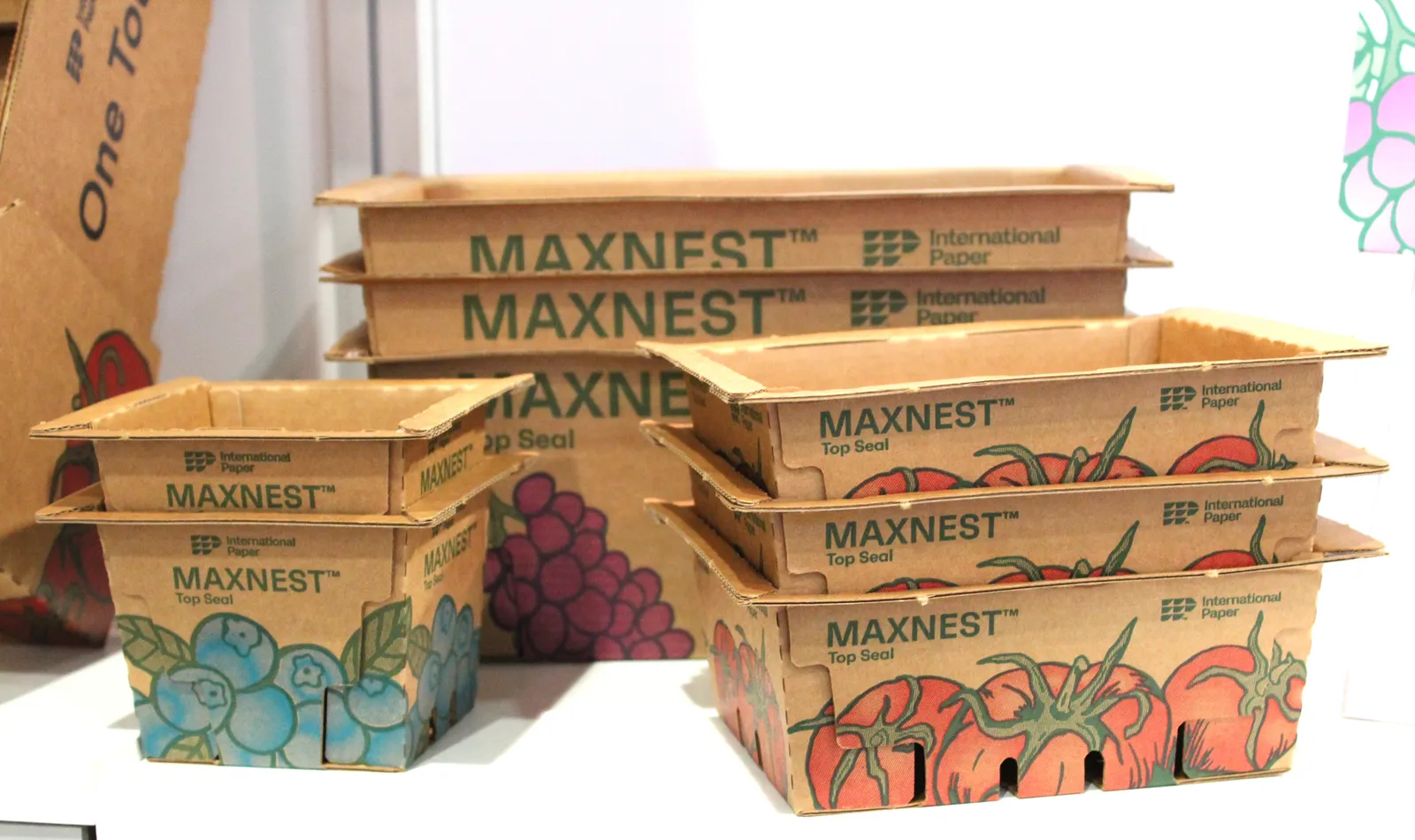
He described how even though sustainability has been a particularly buzzy topic for several years, a recent shift has occurred. “In the past four, five years there was a lot of spoken word about sustainability, but the action wasn't there to support it,” Pienaar said. “That seems to be changing in the last 12 to 18 months.”
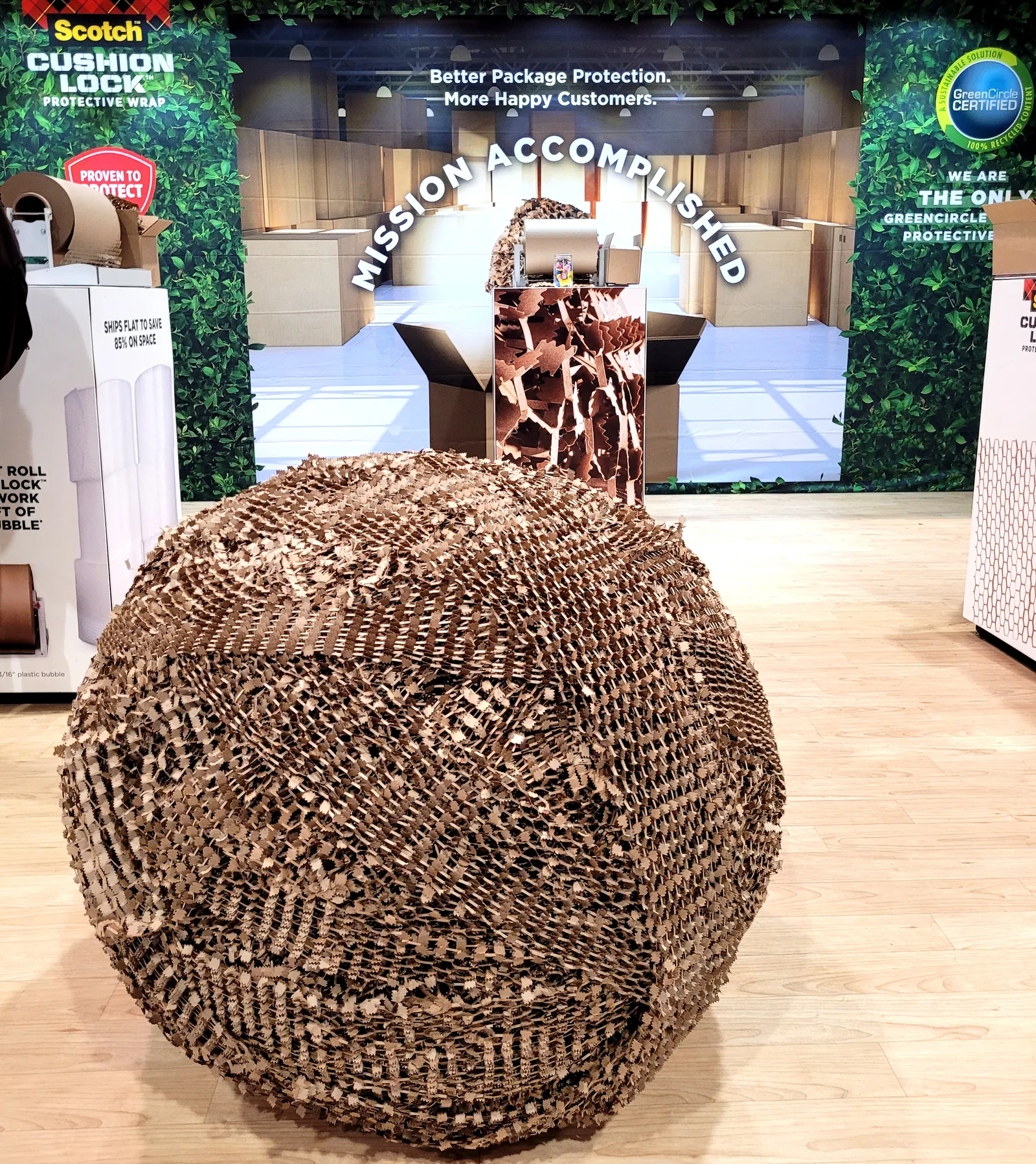
This year, show organizers debuted the “Sustainability Central” section in one hall, with a dedicated education stage, though presenters at the conference’s other six stages still wove the theme into their sessions too. Also new this year, Pack Expo launched an official “sustainability partner:” Dow. The company led some discussions on the sustainability stage in addition to sponsoring all the recycling on the show floor.
Equipment companies were quick to engage visitors in conversations about their newest machinery’s efficiency and lower energy consumption. Packaging companies highlighted their current and upcoming products’ features to increase environmental friendliness.
Fiber-based packaging suppliers touted their products’ recyclability, biodegradability and renewable raw materials, as well as options engineered to serve as plastic replacements. Plastic-based suppliers showed off redesigned and lighter weight products that use less virgin material as well as those they say have a lower carbon footprint than some competing substrates. Companies in both of those packaging categories cited their use of postconsumer recycled content, and in some cases, bio-based materials; they also noted some products’ compostability.
“Sustainability is here to stay. We had a little dip and concern around that during COVID ... but it’s come back with a vengeance,” said Alison Keane, president and CEO at the Flexible Packaging Association, during a session.
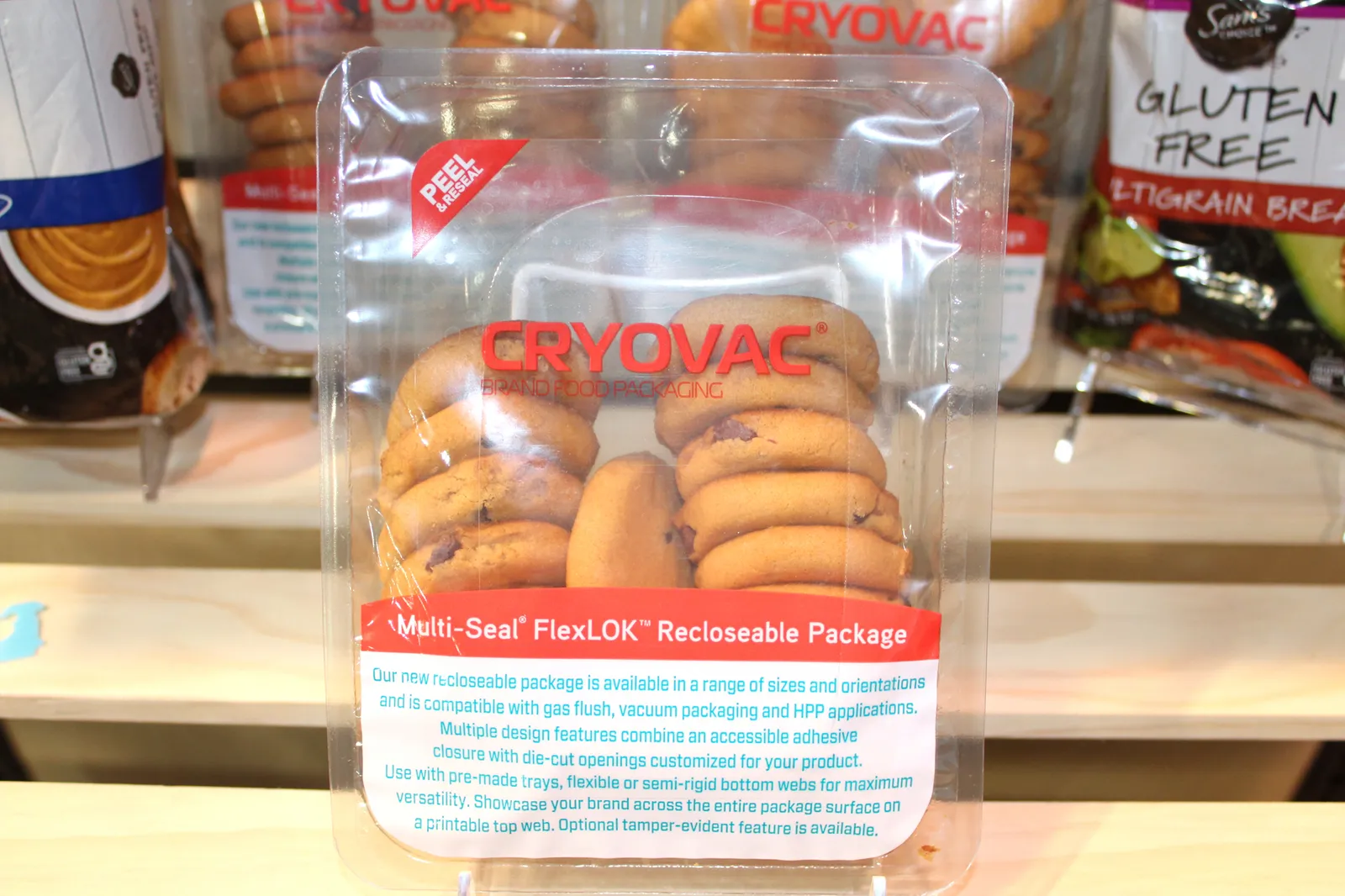
Representatives from packaging companies including Amcor, Atlantic Packaging, Dow, Graphic Packaging International and WestRock all detailed their efforts in this realm during educational sessions.
Jeannine Scherzer, global marketing director at GPI, described how to identify opportunities for plastic reduction or substitution. She noted the importance of incorporating consumer preferences while innovating on design, citing GPI’s research on consumer impressions of packaging. Views on paper and plastic vary by product. For instance, consumers report preferring paper for mailers and frozen foods but plastic for laundry detergent.
Incorporating sustainability into booming sectors like e-commerce includes right-sizing packaging and ensuring it is recyclable. Scherzer said findings from GPI’s research suggest more than half of surveyed consumers think a product is more sustainable if it uses minimal packaging, or has packaging that is recyclable or compostable.
Chuck Tarlton, innovation director at GPI, noted that shrink wrap currently is used a lot during shipping but it could be replaced by fiber products. Clips for multi-packs of beverage cans or PET bottles are another plastic substitution opportunity, as are variety packs of single-serve chip bags that used to be bundled in bags and now are being sold in paper-based bundles.
“Fiber has a unique capability, when engineered properly, to do remarkable things,” he said. “We can’t always change the primary package, [so] the secondary package is a good place to go look for opportunity.”
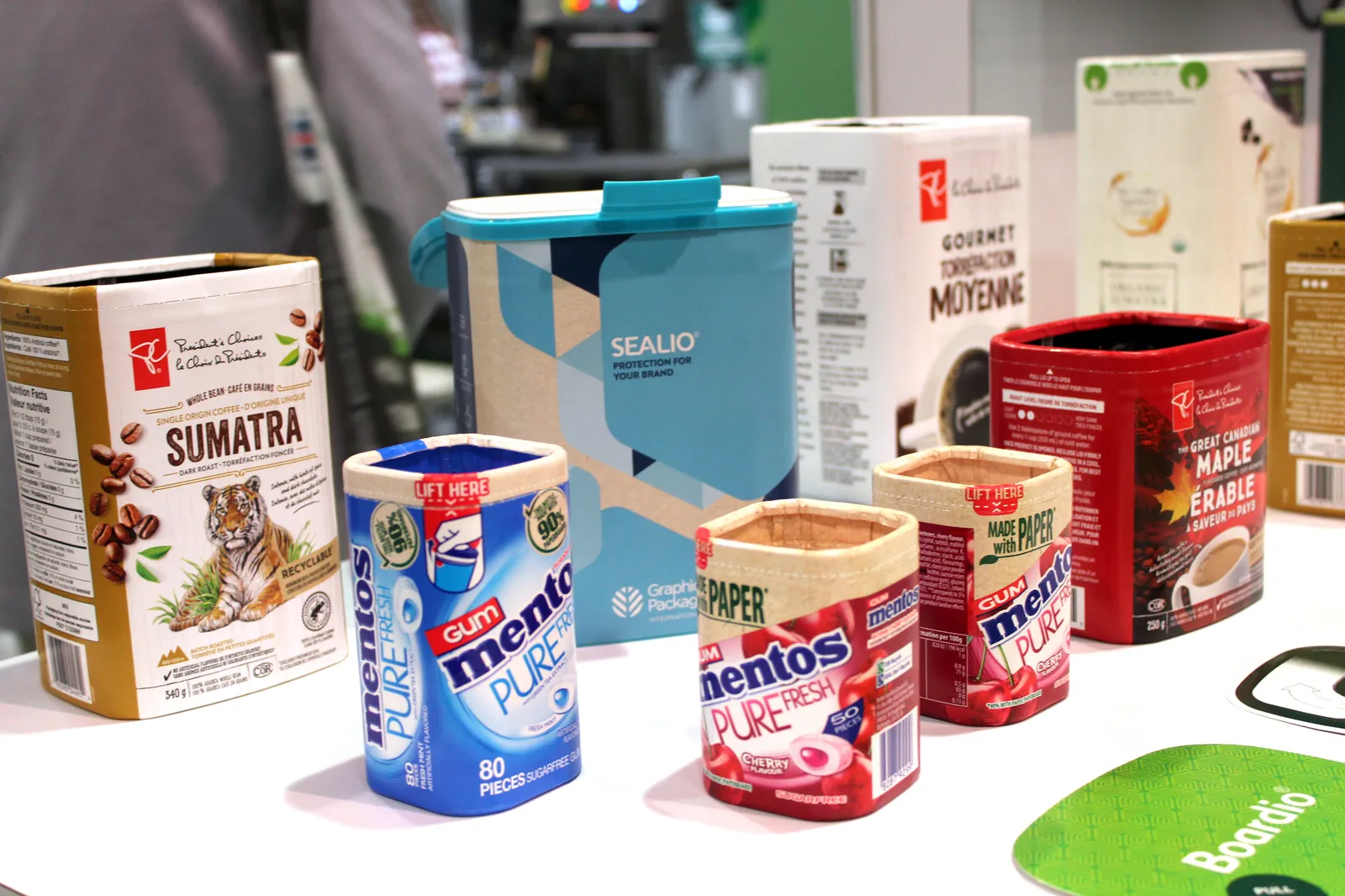
While consumer sentiment for greater sustainability drives many product decisions, retailers also are playing a notable role.
“In some cases, the retailers are saying, ‘Hey, this is an identified area that we want to get out of, we don’t know what the solution is yet, but we’ve got to figure this out and we’re going to put some pressure on the brands to say you’ve got to figure this out too,’” Scherzer said.
She explained that quantifying sustainability changes is important to retailers’ goals, so both brands and packaging companies should tell their sustainability stories.
During another session, Maurizio Carano, director of product management and marketing at WestRock, corroborated the importance of packaging companies being able to measure and quantify the results they achieve for customers. Sustainability also plays heavily into consumers’ purchasing decisions, he said.
“We’ve been hearing this for a long time. Are consumers willing to pay more for something that is sustainable? Maybe,” but it takes a long time to win them over, Carano said.
Such consumer trends put pressure on brands and also on packaging companies. For example, incorporating sustainability is an imperative, but packaging companies have to figure out how to innovate in a measurable way while still maintaining packaging integrity to avoid product spoilage or damage.
“It’s about how can we do better [while] delivering the same functionalities,” he said.
Finding that balance is also a priority at Dow, according to Rennisha Wickham, senior marketing manager for rigid packaging. She discussed the work that goes into incorporating postconsumer recycled resin into packaging while maintaining quality and consistency. For instance, when engineers worked on Dow’s upcoming resin for bottle caps and closures that incorporates 25% PCR, they had to avoid adding any unintended taste and odor.
“There’s a lot of technology and R&D that has to go into being able to develop something that can hit all these things,” Wickham said, adding that other companies have previously tried to incorporate PCR for these applications but it affected material consistency and quality.
She also touted Dow’s innovation with incorporating bio-based products into its plastics, such as through a partnership with New Energy Blue to use corn crop waste as a feedstock for packaging.

Michelle Sauder, marketing director for food and specialty packaging at Dow, said the company consistently works on designing packaging for recyclability. Engineers developing new resins have to pair the right resins with the right technologies for the right applications without increasing the material thickness or causing a greater environmental impact, she explained.
“When it comes to design for recyclability, a lot of what we are working on today is taking a current package format we’re using and figuring out how to make that recyclable,” Sauder said. “In the future, what we’re moving towards is to take a step back and say, ‘Is this the best packaging format for my application?’”
Dow designs for both mechanical and chemical recycling, said Heather Turner, marketing director for industrial and consumer packaging. Breaking down plastics, especially flexible packaging, to the molecular level allows it to go back into the system as a resin with recycled content.
“A lot of the products that we sell ... are already recyclable, and are recycled, and are great feedstock for mechanical recycling,” Turner said. “And then, as you enable flexible packaging ... to make it recyclable, it becomes a great feedstock for either mechanical recycling, or it can also go into advanced recycling.”
Overall, speakers reinforced that no one solution exists for boosting sustainability, and no one company can shoulder the burden alone in the complicated value chain.
“What used to be a very linear [supply chain] — raw material suppliers down through the chain to packaging converters — has become much more of an ecosystem,” Turner said. “Sustainability is a team sport, and we all need to work together to provide resources and solutions.”








